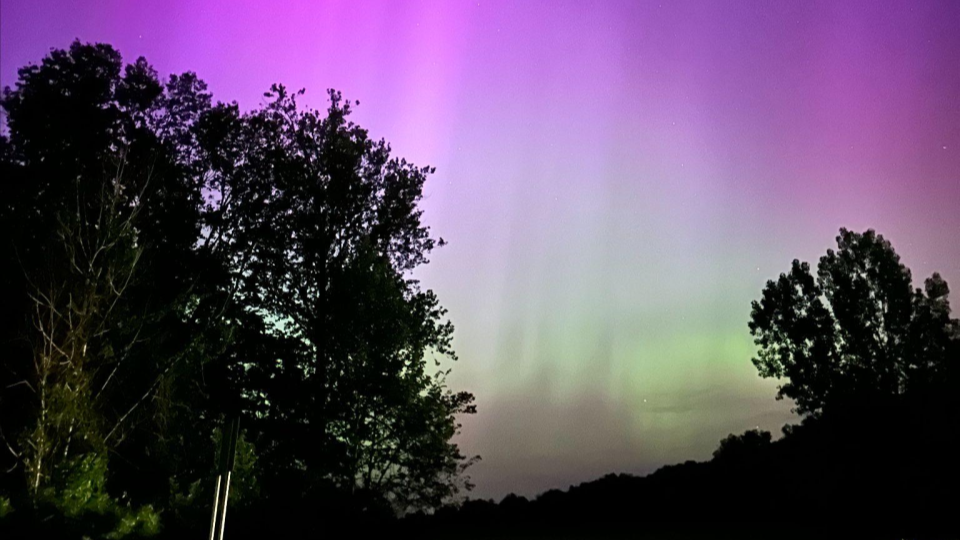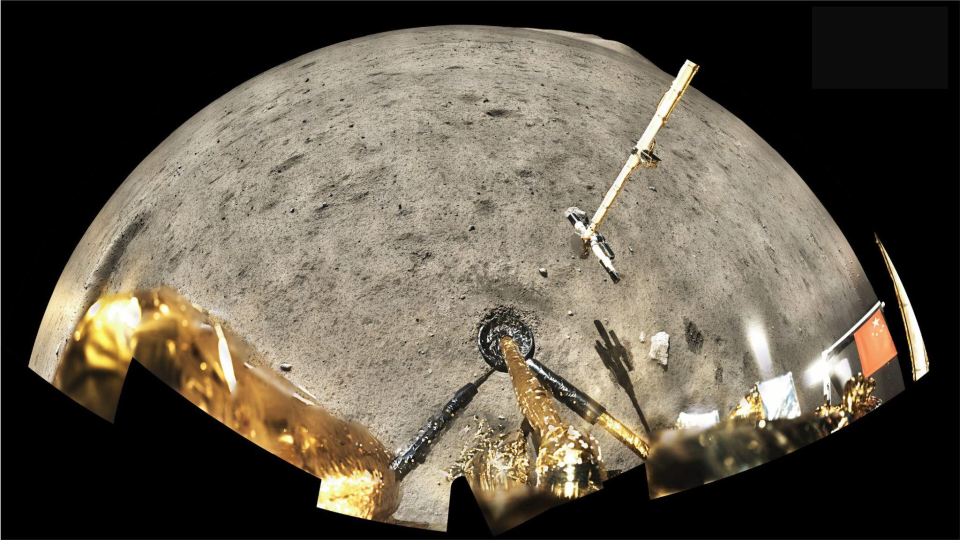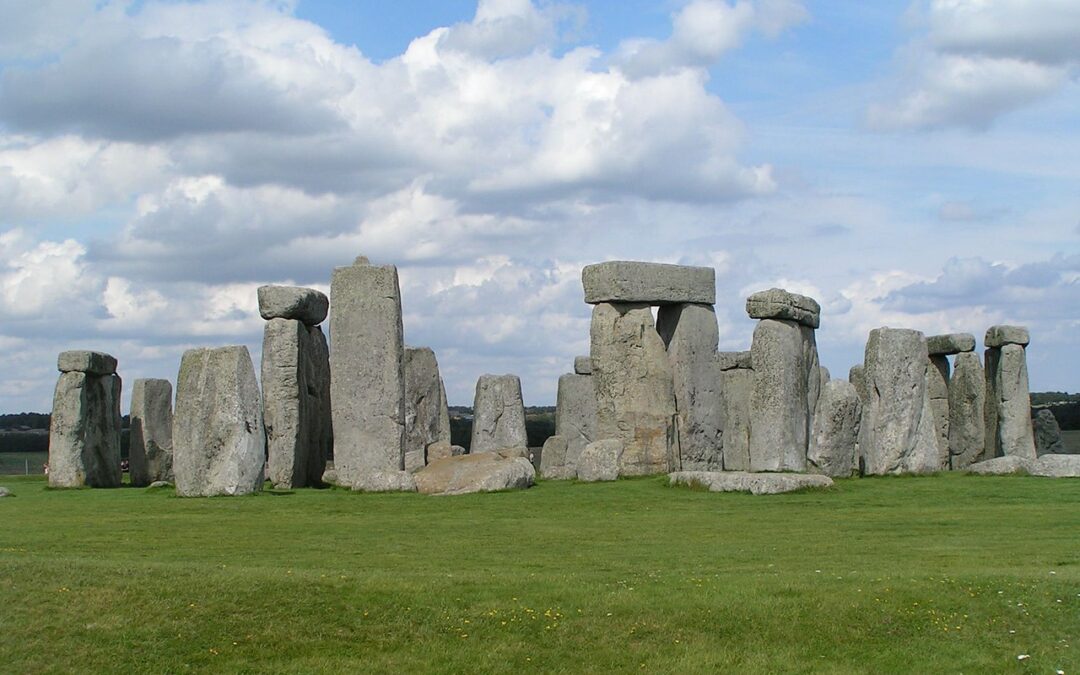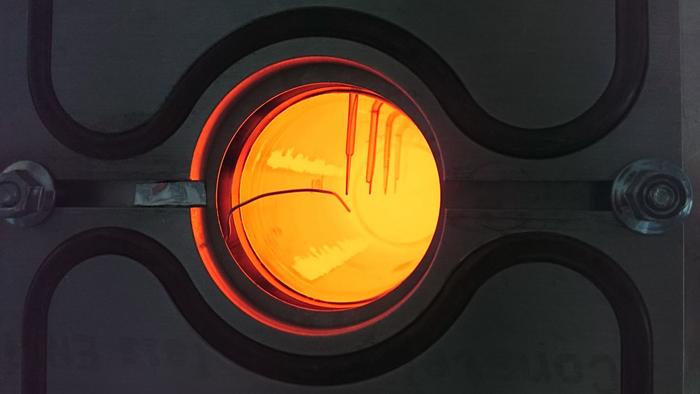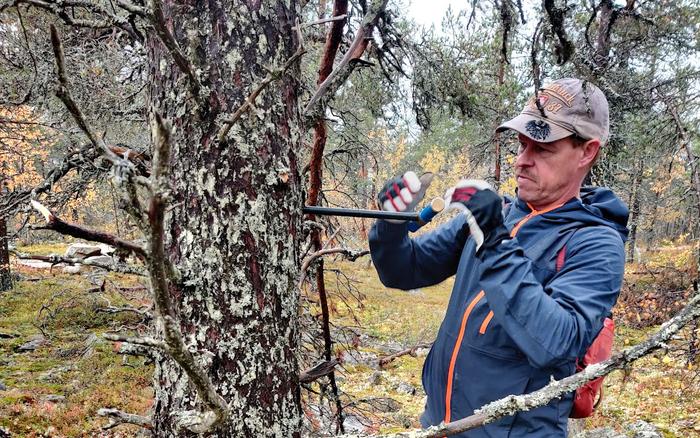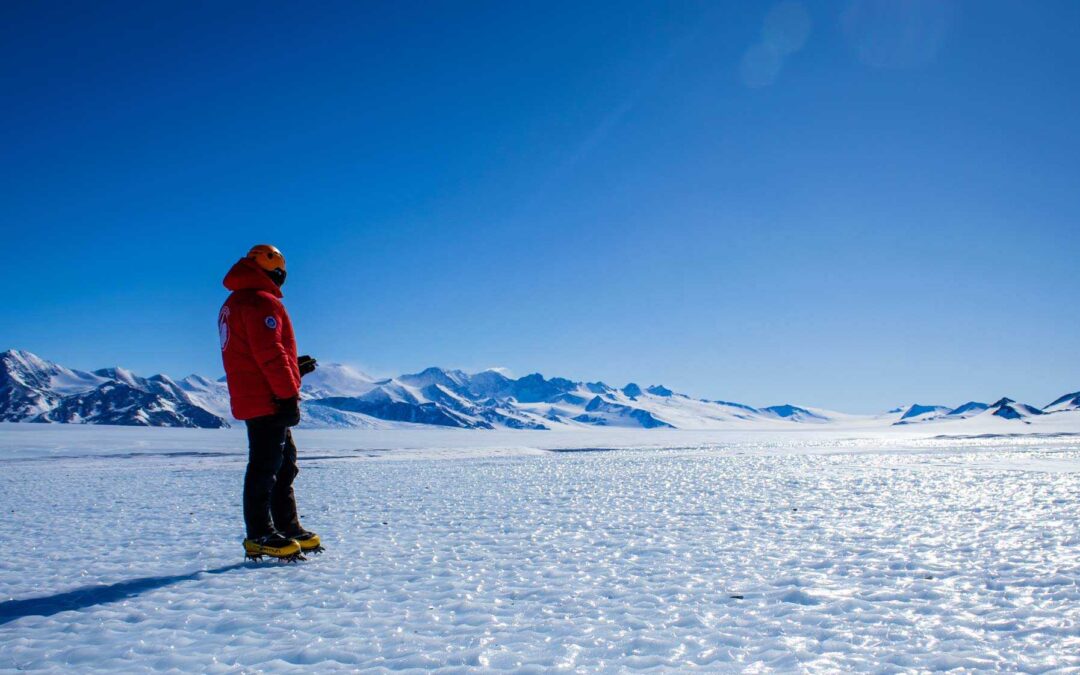Aurorae from Bethalto, Illinois . Credit: Pamela L Gay A year ago this week, on May 10-13, 2024, the Sun triggered an amazing series of auroras that were visible to folks living in the mid-latitudes. Those amazing few nights - and another set of events in October 2024 - reminded all of us that our Sun is a wild and crazy star capable of turning the darkest nights into a technicolor dreamscape. Data from the National Oceanic and Atmospheric Administration, or NOAO, indicates that the number of sunspots on our Sun’s surface may be on the decline, and as we start the slow slide down...
